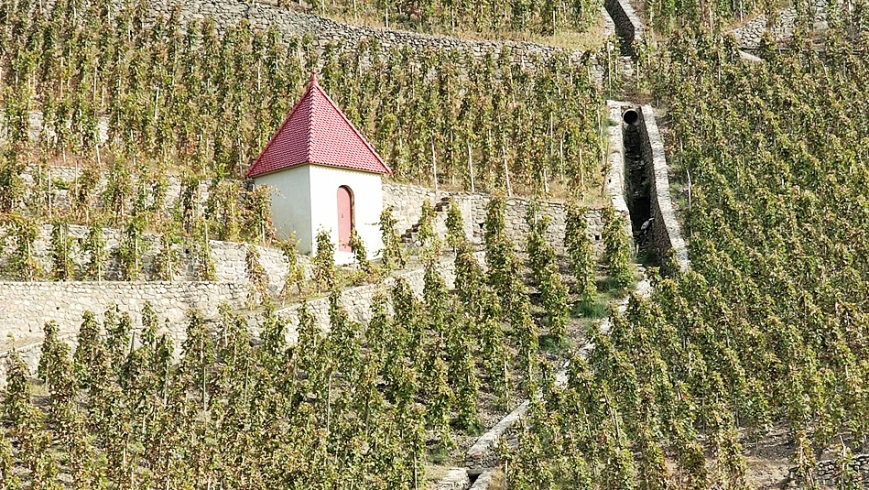The white grapes of the Rhône Valley are the cause of much tension in my home. I love them, my wife rates them alongside sauvignon blanc (a wine she refuses to drink), and I keep sneaking them into our glasses at the dinner table.
I like to pour wines that are best suited to what we’re eating and these fuller-bodied grapes – marsanne, roussanne and viognier – tend to have the guts to stand up to richer foods.
After a summer of salads and delicate wines, I’ve lately been in the mood for gutsier whites and more robust dishes.
These grapes work brilliantly when blended – as they regularly are in the Rhône – or left to their own devices as single-varietal wines, as they usually are in Australia.
The story starts at the north of France’s Rhône Valley around the towns of Vienne and Condrieu, where viognier is planted.
Scarcely planted, viognier was, in fact, almost extinct 50 years ago.
Now it’s found all over the world, including Australia, where Yalumba is leading the way. Yalumba considers its Virgilius viognier as the company’s most prestigious white wine.
I bought a cookbook recently, featuring recipes from the year I was born, by restaurateur Françoise Point from his Restaurant La Pyramide in Vienne, south of Lyon.
Half a dozen pages are dedicated to its wine cellar and one winery in particular, Château-Grillet, which has its own appellation and exclusively makes viognier from the right bank of the northern Rhône.
It’s a similar story in nearby Condrieu, too.
DNA profiling has shown that viognier is a sibling, or possibly a grandparent, of shiraz, which comes as little surprise after tasting the plush, full-bodied wines it produces. As the Rhône flows south, marsanne and roussanne start appearing in vineyards, in particular around the Hermitage region south of Lyon.
Blended with marsanne in France and often with a dash of viognier in Australia, roussanne is thought to be named after the russet colour of its grapes (roux in French) when they’re ripe.
Australian winemakers are having a good crack at roussanne as a single-varietal wine, which is characterised by high-acid, full-bodied pear and honey flavours, and a perfume similar to herbal tea made with dried flowers.
A few producers in Australia co-ferment it with shiraz in a similar way to how viognier is used, and roussanne’s high acid means it has the ability to age well.
The first record of marsanne was in 1781 in Hermitage, where examples from the sun-drenched slopes of the Hermitage Hill, above the Rhône river at Tain l’Hermitage, command hundreds of euros a bottle.
Today, Tahbilk near the central Victorian town of Nagambie has the largest single area of marsanne vines in the world. Tahbilk has been growing the variety for 150 years, and the oldest vines it has growing were planted in the 1920s.
Marsanne has large bunches with small berries and is characterised by lemon, peach and honeysuckle characters.
It ages well, too; I’ve tasted vintages of Tahbilk and M.Chapoutier that date back decades and, when the corks were kind, the wines were superb.
Further south again, around Orange and Avignon in the Côtes-du-Rhône appellation, the white grape varieties broaden and the region’s white blends will include grenache blanc, ugni blanc, clairette, bourboulenc, and picpoul.








